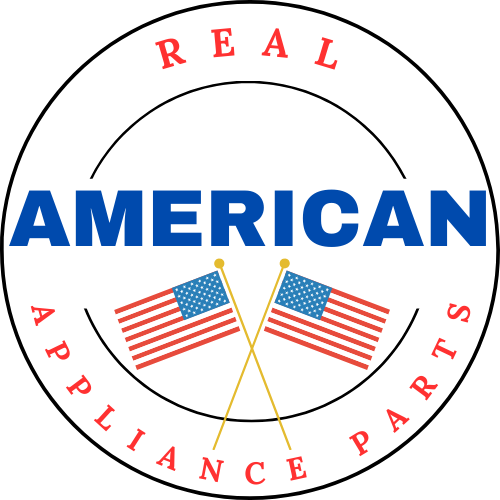Maximizing Productivity During Slow Repair Seasons and Downtime
For appliance repair companies, slow seasons and unexpected downtime can pose significant challenges. However, these periods also present opportunities to strengthen operations, improve customer outreach, and enhance technician skills. Below are some strategies to make the most of slow repair seasons and unexpected downtime.
1. Enhance Marketing and Customer Engagement
Use slow periods to ramp up marketing efforts and build stronger relationships with your customers:
- Update Your Website & SEO: Ensure your website is optimized for local searches and mobile-friendly. Publish blog posts, FAQs, and customer testimonials.
- Engage on Social Media: Share maintenance tips, before-and-after repair stories, and promotions to stay top-of-mind.
- Run Seasonal Promotions: Offer discounts on preventive maintenance services or bundle deals to encourage bookings.
- Reach Out to Past Customers: Send follow-up emails, service reminders, and special offers to previous clients.
2. Train and Certify Technicians
Slow periods are perfect for upgrading skills and certifications:
- Cross-Training: Teach technicians how to repair additional appliance brands and models.
- Certifications: Enroll in industry-recognized training programs to boost credibility and expertise.
- Customer Service Training: Enhance communication and professionalism to improve customer satisfaction.
- Technical Workshops: Conduct hands-on training sessions to refine troubleshooting techniques.
3. Perform Equipment Maintenance & Inventory Checks
Ensure that all tools, vehicles, and inventory are in top shape:
- Inspect & Service Tools: Regularly maintain tools and diagnostic equipment to prevent breakdowns.
- Vehicle Maintenance: Perform oil changes, tire checks, and general repairs to keep service vehicles running efficiently.
- Organize Inventory: Take stock of commonly used parts, reorder supplies, and organize storage for efficiency.
4. Strengthen Business Operations
Use the downtime to improve internal processes and administrative efficiency:
- Update Software & Systems: Upgrade your scheduling, invoicing, and customer management software.
- Review Financials: Analyze revenue streams, assess pricing strategies, and create cost-saving initiatives.
- Develop Business Partnerships: Connect with real estate agents, property managers, and warranty providers for potential collaborations.
- Refine Service Policies: Improve warranties, guarantees, and customer service protocols.
5. Explore Additional Revenue Streams
Diversify your service offerings to generate more income:
- Preventative Maintenance Plans: Offer customers annual service plans for regular checkups.
- Accessory & Parts Sales: Sell common replacement parts and accessories.
- Appliance Installation Services: Expand into installing new appliances for residential and commercial clients.
- Emergency Services: Provide 24/7 or after-hours repair services at premium rates.
6. Community Involvement and Networking
Strengthen your brand’s presence in the community:
- Attend Local Events: Participate in home shows, trade fairs, and community events.
- Host Workshops: Teach homeowners simple appliance maintenance tips.
- Partner with Local Businesses: Collaborate with home improvement stores or electricians for referrals.
Conclusion
Slow repair seasons and unexpected downtime don’t have to mean lost revenue. By focusing on marketing, training, equipment upkeep, and diversifying services, appliance repair companies can stay productive and even grow during these quieter times. Implementing these strategies will ensure your business remains resilient and prepared for busier seasons ahead.
